Taste the Freshness of Tradition with Every Spoonful
Cooking melon, known for its hydrating and cooling properties, is the heart of this traditional Sri Lankan curry. Paired with the creamy richness of coconut milk and the aromatic essence of Ceylon spices, this curry offers a refreshing and nutritious meal. Rich in vitamins and antioxidants, cooking melon helps support overall wellness, making this dish a delightful and healthful choice for your table.
Kekiri Ambula, a traditional Sri Lankan curry made with Kekiri (cooking melon), is a unique and refreshing dish that showcases the subtle sweetness and mild flavor of this gourd-like fruit. Cooking melon, also known as Kekiri in Sinhala, is often used in Sri Lankan kitchens due to its ability to absorb spices and create a flavorful, satisfying curry. In this dish, the melon is cooked in a tangy and mildly spicy sauce, making it a perfect accompaniment to a meal of rice and other curries. Kekiri Ambula’s sour, spicy flavor profile is similar to other classic “ambula” curries, where goraka (souring agent) is used to give the dish a distinctive tang.
Ingredients: The main ingredients for Kekiri Ambula include:
- Kekiri (Cooking Melon): Peeled, deseeded, and cut into cubes.
- Goraka (Garcinia Cambogia): Used as the primary souring agent.
- Ceylon Spices: Including turmeric, chili powder, black pepper, and roasted curry powder.
- Garlic and Onions: Adds aromatic depth.
- Curry Leaves: For a fragrant, authentic flavor.
- Green Chilies: For mild heat.
- Fenugreek Seeds: A traditional spice that adds bitterness and complexity.
- Mustard Seeds: Tempered for extra flavor.
- Coconut Milk: For a creamy, rich finish.
- Salt and Water: To adjust seasoning and consistency.
Cooking Procedure:
- Preparing the Kekiri: The cooking melon is peeled, deseeded, and cut into medium-sized cubes. Goraka is soaked in warm water until softened.
- Tempering Spices: In a pan, mustard seeds and fenugreek seeds are tempered in oil until they release their aroma. Garlic, sliced onions, green chilies, and curry leaves are added to the pan and sautéed until the onions become translucent and fragrant.
- Creating the Base: Turmeric, chili powder, roasted curry powder, and black pepper are mixed in with the onions, allowing the spices to roast slightly. Goraka is added to the pan along with its soaking water, which will give the curry its characteristic sour flavor.
- Simmering the Kekiri: The pieces of cooking melon are added to the pan, along with enough water to cover them. The curry is simmered until the Kekiri becomes tender and has absorbed the tangy flavors of the spices and goraka.
- Finishing with Coconut Milk: Toward the end of cooking, thick coconut milk is stirred into the curry, adding richness and balancing the tanginess of the goraka. The curry is simmered for a few more minutes until it reaches the desired consistency.
- Resting: Like many Sri Lankan curries, Kekiri Ambula develops more flavor as it sits. For best results, allow the curry to rest for a few hours before serving, so the melon absorbs all the spices and tanginess.
Taste: Kekiri Ambula is known for its subtle sweetness from the cooking melon, which contrasts beautifully with the tanginess of goraka and the mild heat from the spices. The tender melon pieces take on the sour, spicy flavors of the curry, creating a dish that is both refreshing and deeply flavorful. The coconut milk adds a creamy richness, which tempers the sharpness of the sour and spicy elements, making the curry well-rounded and satisfying.
Popularity in Sri Lanka: Kekiri Ambula is a traditional dish in Sri Lankan households, particularly in rural areas where cooking melon is commonly grown. It is often served as part of a larger rice and curry meal, offering a contrast to heavier, richer meat or fish curries. This dish is also favored for its simplicity and the ease with which it can be prepared, making it a go-to curry for everyday family meals.
Kekiri Ambula’s balance of flavors—sour, spicy, and mildly sweet—makes it a versatile dish that complements a variety of other curries and side dishes. Its use of local ingredients, such as goraka and coconut milk, ties it closely to Sri Lanka’s culinary traditions, making it a cherished part of the island’s food heritage.
Health Benefits:
- Low in Calories: Making it a healthy choice for those looking to maintain a balanced diet.
- Rich in Fiber: Promoting digestive health and helping with satiety.
- Packed with Vitamins: Especially vitamins A and C, which support immune function and skin health.
- Hydrating: Due to the high water content of cooking melon, this curry is light and refreshing, ideal for hot climates.
Serving Suggestions: Kekiri Ambula is best enjoyed with steamed white or red rice, and can be accompanied by other Sri Lankan favorites such as:
- Pol Sambol: A coconut-based relish.
- Dhal Curry: A mild and creamy lentil curry.
- Papadums: For added crunch.
This humble yet flavorful curry is a testament to the beauty of Sri Lankan vegetable dishes, where simple ingredients come together to create a dish that is both wholesome and delicious.

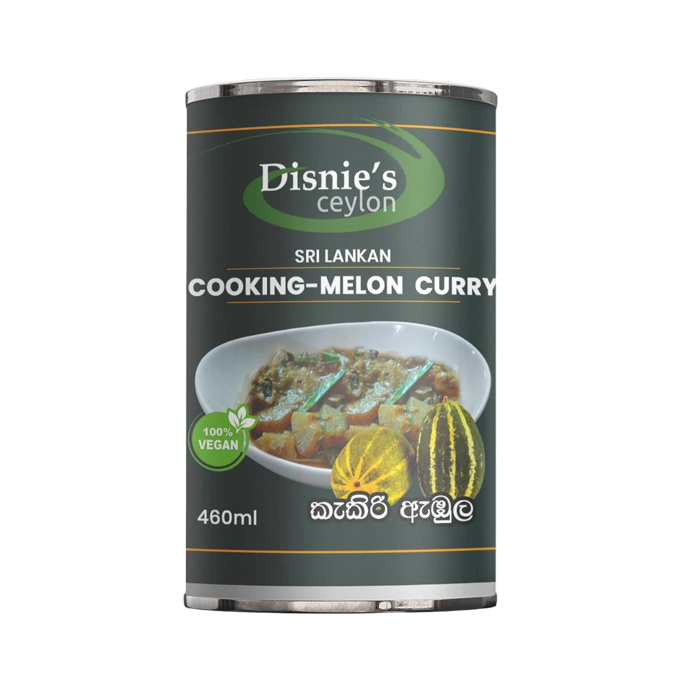
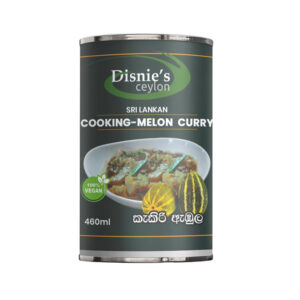

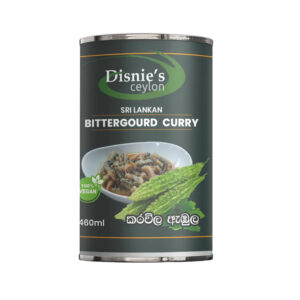
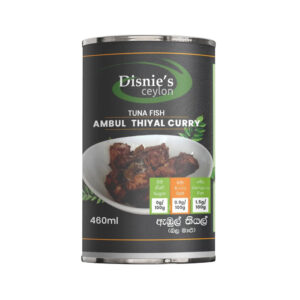



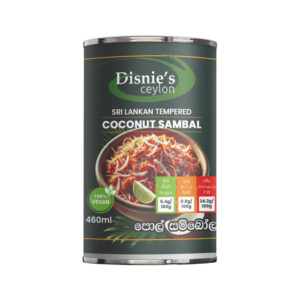
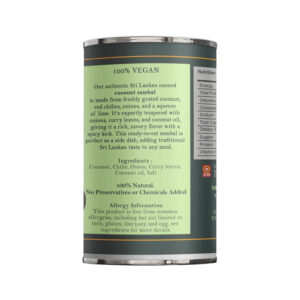
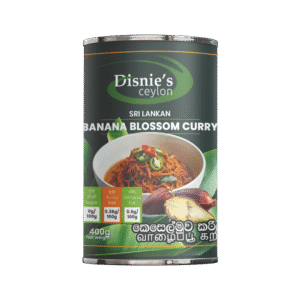
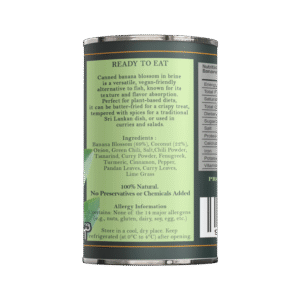
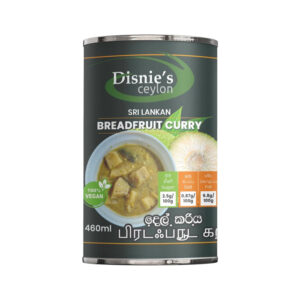
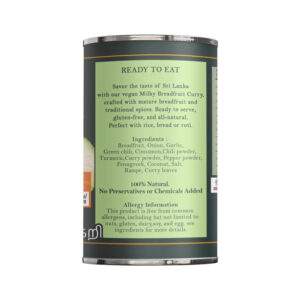


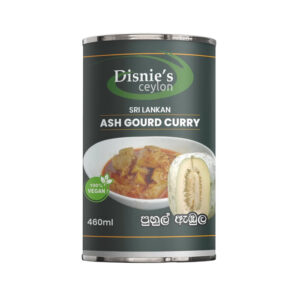


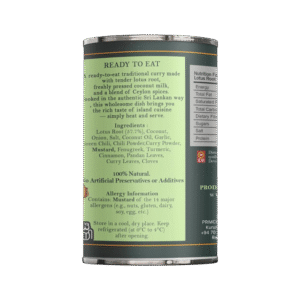
Reviews
There are no reviews yet.